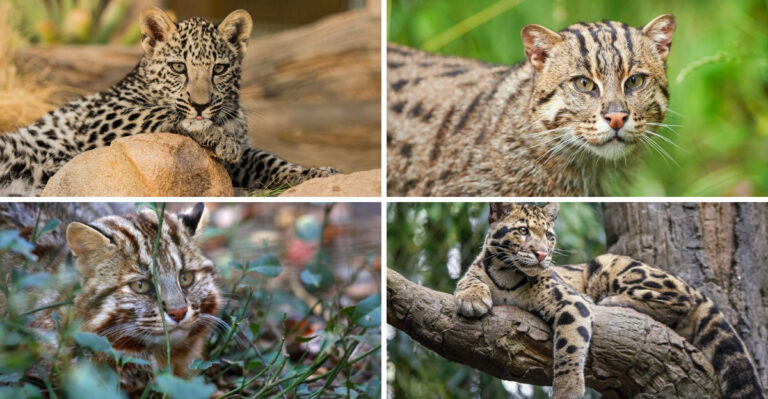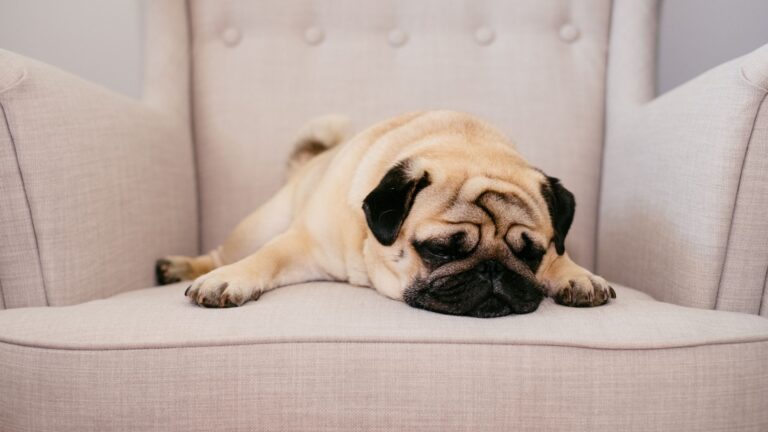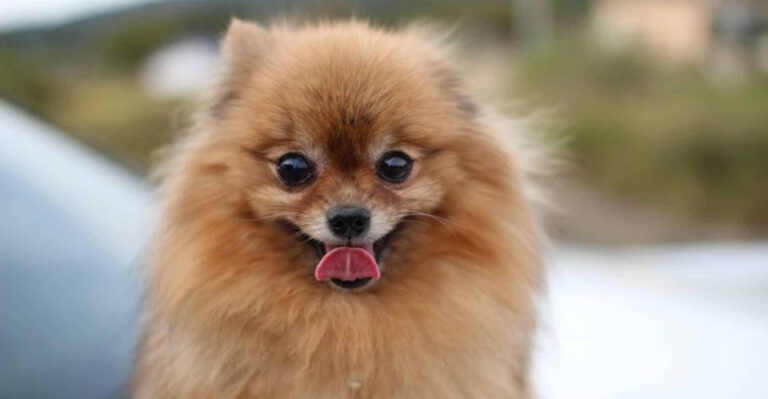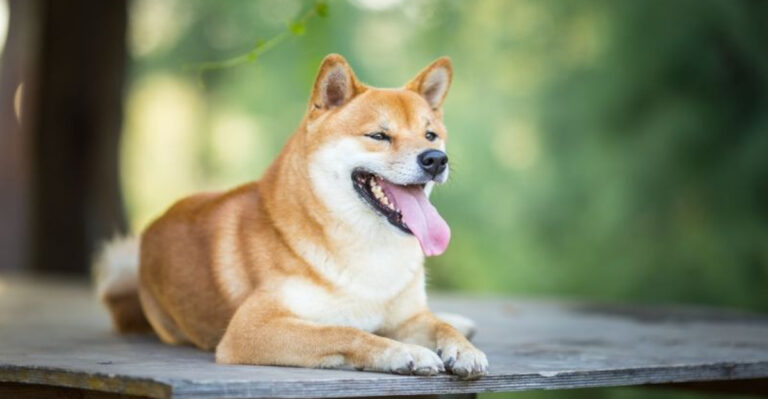12 Fancy-Looking Cat Breeds That Were Bred For Function Over Fluff
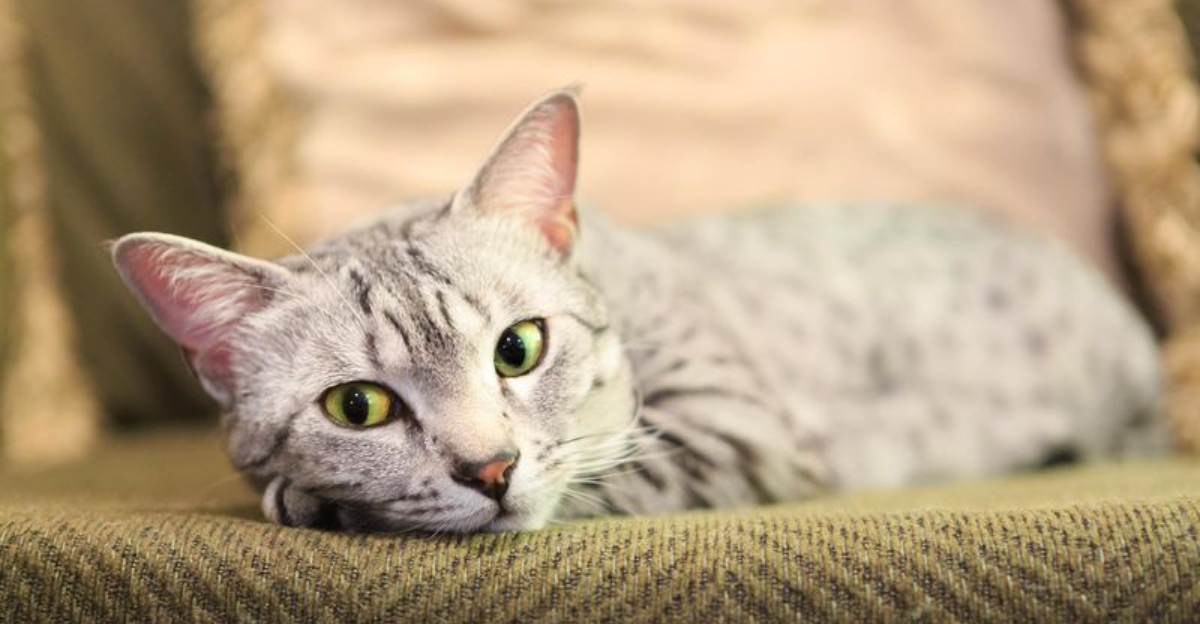
Ever wondered why some of the most stunning cat breeds actually started as hardworking mousers, not just pretty faces?
Long before cat shows and Instagram fame, these felines were hired for their hunting skills, weather resistance, or ability to keep rodents at bay.
Their good looks were just a bonus to their practical skills that helped humans for centuries.
1. The Shipyard Sentinel: Norwegian Forest Cat
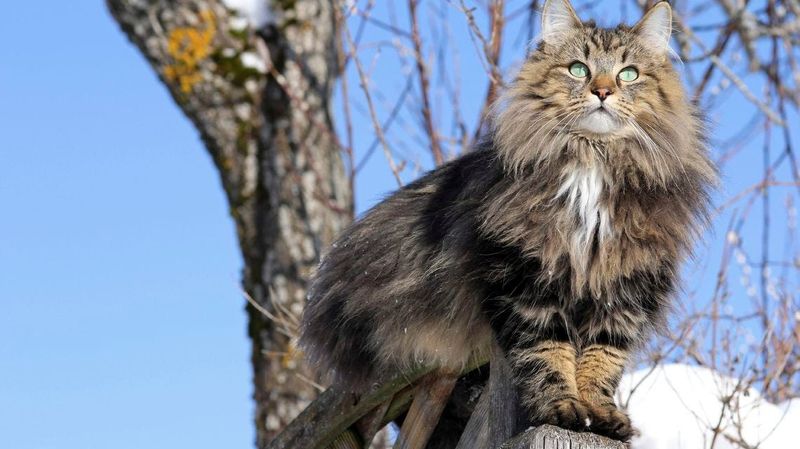
Imagine surviving brutal Nordic winters with just your fur coat! These fluffy giants evolved naturally to hunt in snowy forests and later worked on Viking ships as mousers.
Their water-resistant double coat and tufted paws weren’t for show – they were survival tools. Strong climbers with muscular bodies, they kept Norwegian farms and vessels rodent-free for centuries.
2. Silent Stalker: Russian Blue
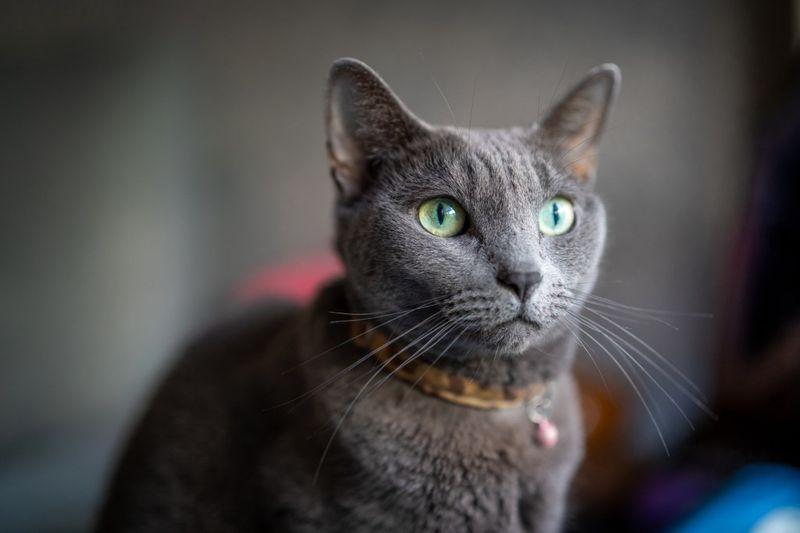
Behind those dazzling green eyes lies a hunting machine so effective that Russian royalty kept them to protect valuable items from mice. Their plush, dense coat isn’t just for petting – it developed for northern climate survival.
Remarkably quiet walkers, they move like shadows when stalking prey. Their reserved nature comes from generations spent as working cats, not decorative pets.
3. Desert Survivor: Egyptian Mau
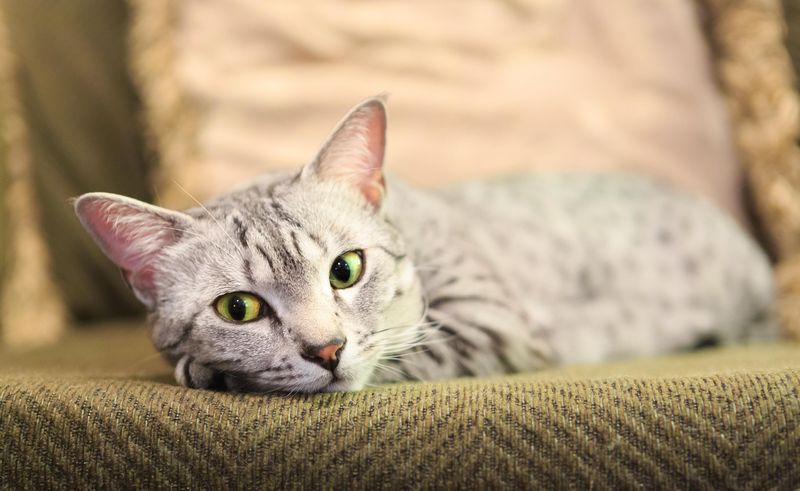
Spotted like a mini-leopard and built for speed, this cat can reach up to 30 mph – faster than any other housepet. Evolved as agile hunters in harsh desert terrain, they rely on quick reflexes and lean muscle.
Distinctive gooseberry-green eyes enhance night vision rather than serve as decoration. Revered by Ancient Egyptians for their pest control abilities, these cats were once worshipped as sacred beings.
4. Island Guardian: Japanese Bobtail
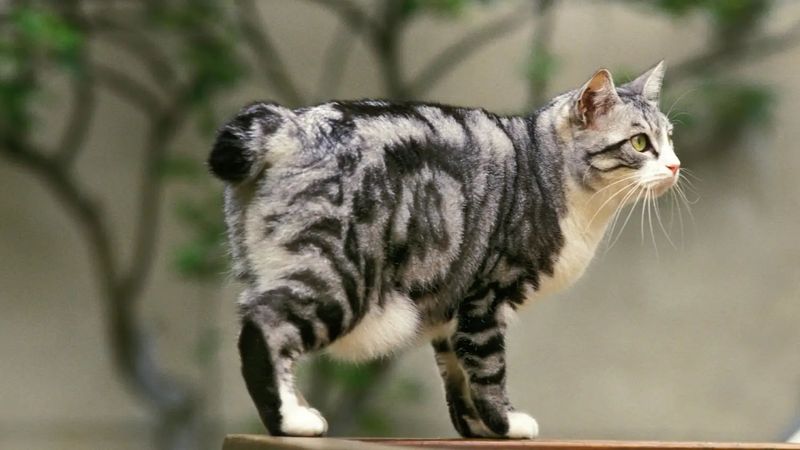
Farmers didn’t care about that adorable pom-pom tail – they needed these cats’ exceptional hunting skills to protect rice paper scrolls and silkworm cocoons from rodents!
So valued were their services that in the 1600s, Japanese officials released these cats to roam freely, creating a natural pest control system. Their unique bobbed tail resulted from a natural mutation that proved advantageous for tight-space hunting.
5. Farm Force: American Shorthair
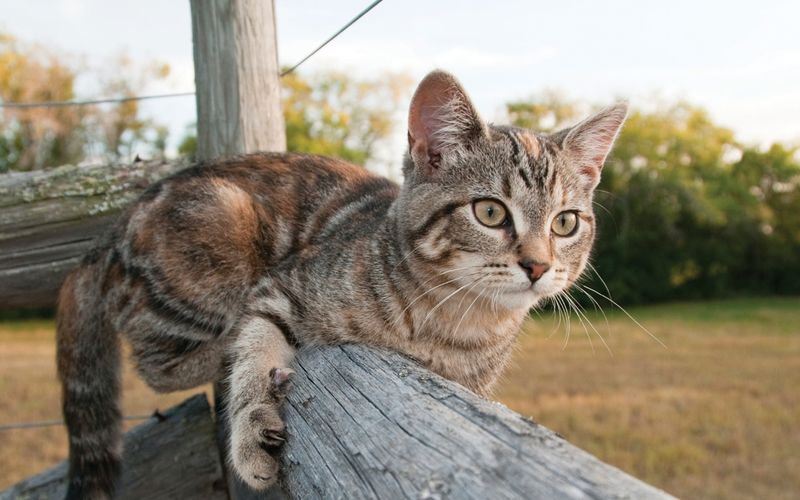
Forget those perfectly symmetrical silver tabby markings – early American settlers kept these cats around because they were ruthless rodent terminators! Brought on ships to the New World to protect food stores, they quickly became essential farm workers.
Their muscular bodies weren’t bred for show rings but for catching prey. One American Shorthair could keep an entire barn mouse-free, protecting grain that families depended on for survival.
6. Fisherman’s Friend: Turkish Van
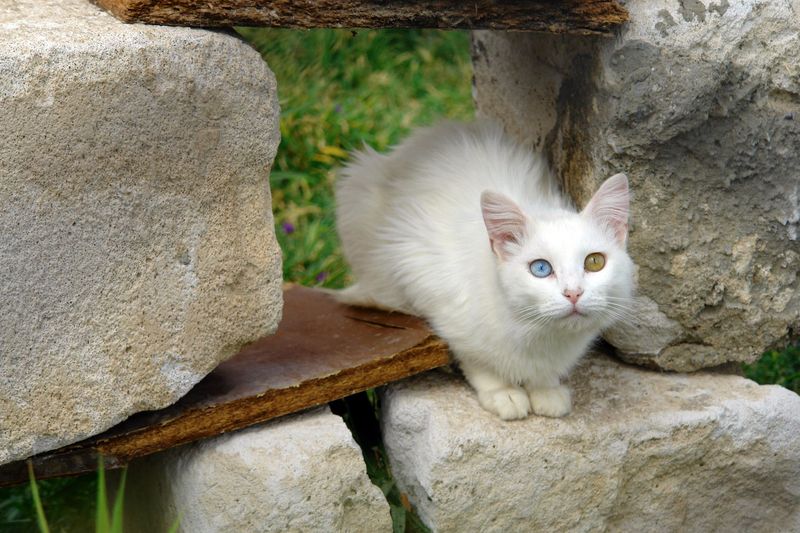
Water-loving oddities of the cat world, these swimmers originated near Lake Van in Turkey. Known for assisting fishermen, they retrieved fish and small items from the water with ease.
A soft, cashmere-like coat resists water, making swimming comfortable and natural. No undercoat during summer keeps them cool, while a thicker winter coat helps them endure the region’s temperature extremes.
7. Warehouse Warrior: Chartreux
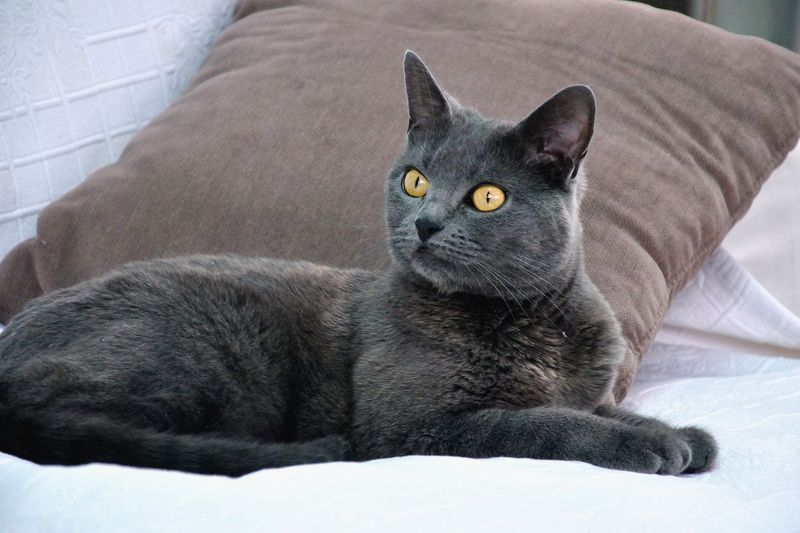
Those chubby cheeks that make them look perpetually smiling? Actually powerful jaw muscles developed for catching rats in French monasteries and storehouses!
Silent hunters with velvety blue-gray coats, they were the preferred pest controllers for French merchants protecting valuable goods. Their muscular bodies and quick reflexes made them perfect for navigating tight spaces in warehouses and ships.
8. Highland Hunter: Scottish Fold
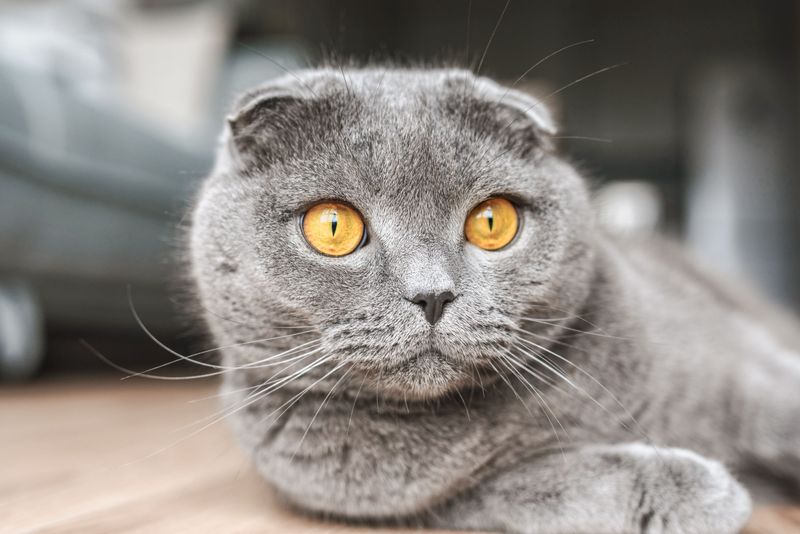
Those adorable folded ears weren’t bred for cuteness – they’re actually a natural mutation first noticed in a barn cat named Susie who was an exceptional mouser on a Scottish farm!
Before becoming Instagram stars, these cats were valued for their hunting prowess in cold, damp Scottish barns. Their dense double coat wasn’t for show but protection against harsh Highland weather while they patrolled for rodents.
9. Siberian Stronghold: Siberian Cat
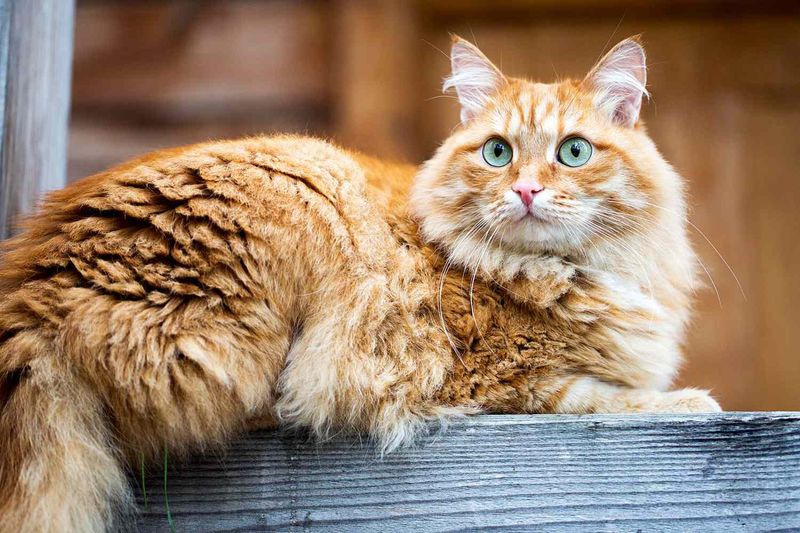
Think they’re just fluffy giants? These resilient cats endured brutal Siberian winters while protecting villages from rodent infestations. A triple-layered, water-resistant coat provides serious defense against freezing temperatures.
Powerful hind legs give them the strength to leap through deep snow in pursuit of prey, proving they’re true athletes beneath the fluff.
10. Dockside Detective: British Shorthair
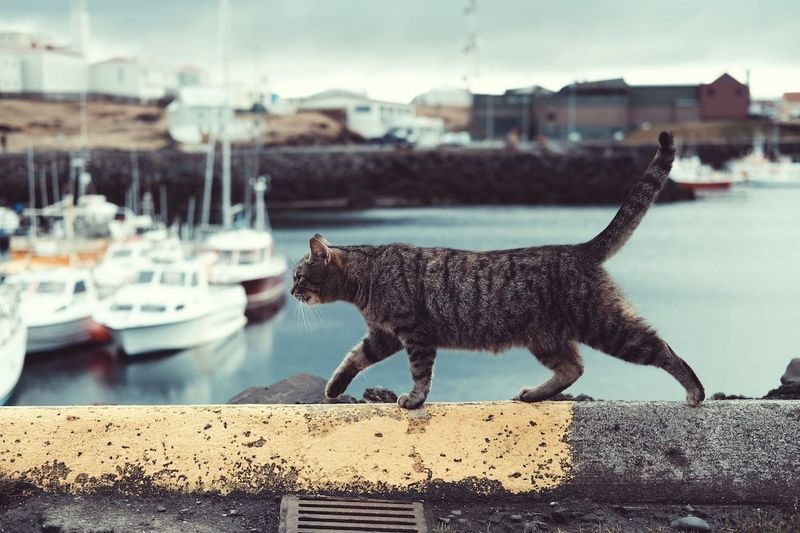
Behind that teddy-bear face lies the descendant of Rome’s finest mousers! Brought to Britain by Romans, these sturdy cats controlled rodent populations in ports, warehouses, and farms across England for centuries.
Their dense plush coat developed for British dampness, not show rings. With powerful bodies and patient hunting style, they were the working-class heroes of the feline world before becoming Victorian parlor favorites.
11. Turkish Tactician: Turkish Angora
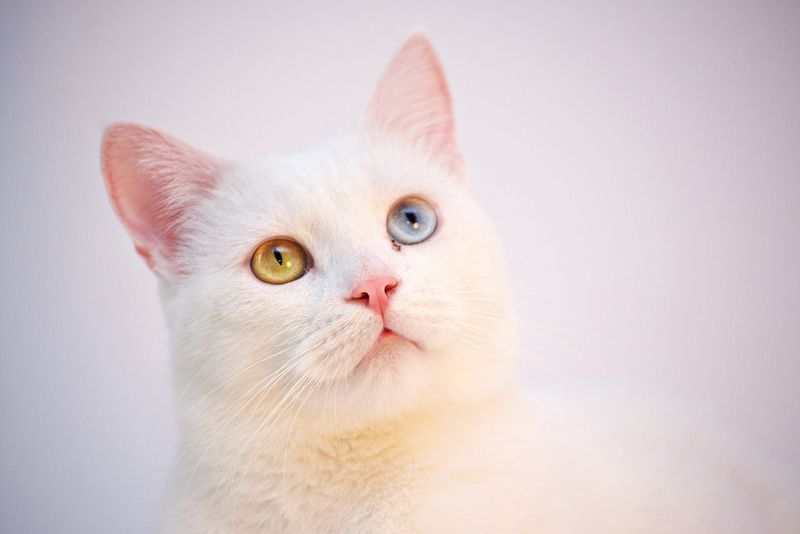
Long before becoming snow-white beauties in royal courts, these cats were prized by Turkish villagers for their exceptional hunting skills in mountainous terrain!
Their silky coat isn’t just for stroking – it’s an adaptation to both hot summers and cold Anatolian winters. Surprisingly athletic under all that elegance, they could leap extraordinary distances to catch prey, making them valuable protectors of food stores.
12. Manx Mighty Mouse Hunter
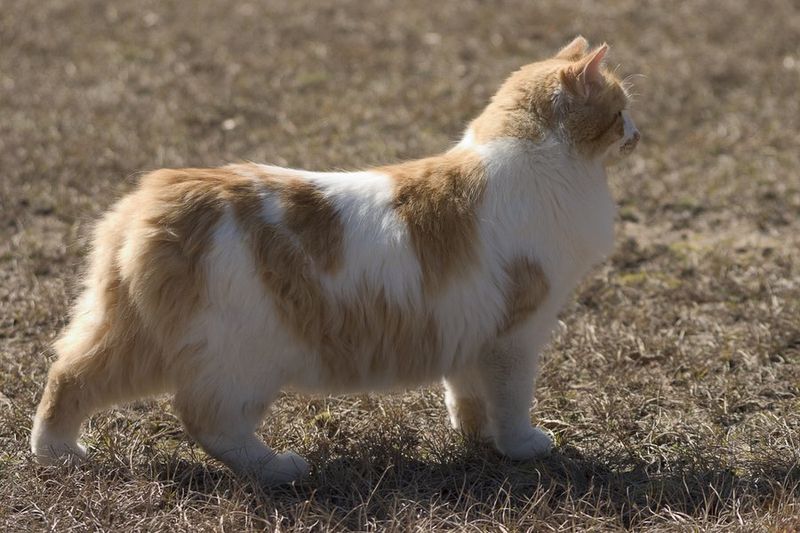
That missing tail isn’t a fashion statement! The tailless trait evolved naturally on the Isle of Man, helping these cats navigate tight spaces while hunting.
Sailors once believed they brought good luck and relied on them to guard ships against rodents. Strong hind legs give them an impressive, rabbit-like hop that made them expert mousers.


